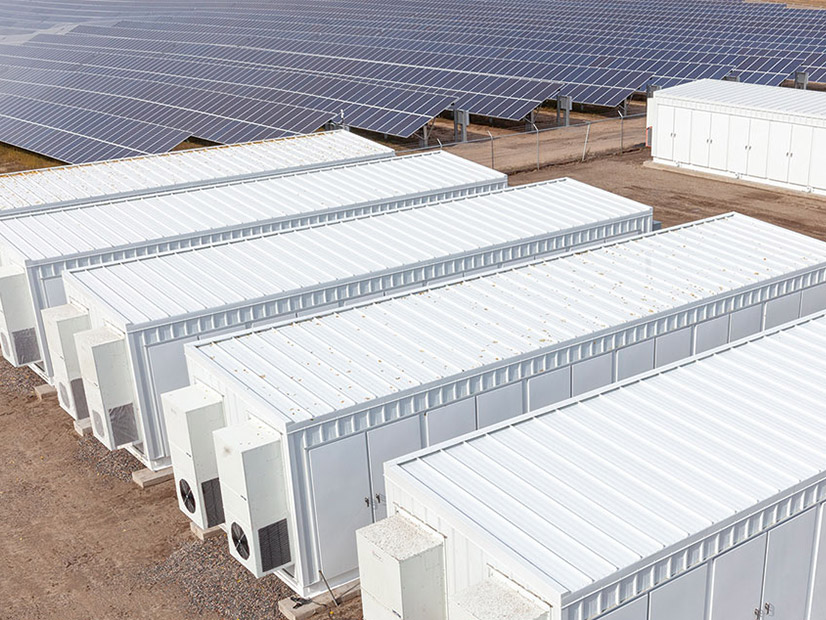FERC on Monday refused MISO an extra three years to fully incorporate electric storage resources into its markets (ER19-465).
The commission was unconvinced by the RTO’s contention that Order 841 compliance, currently slated for mid-2022, would postpone the launch of a new market platform. (However, the decision wasn’t unanimous, with Commissioner Mark Christie deferring to MISO’s reasoning.)
MISO last year secured a compliance extension until June 6, 2022, to debut storage offers in its markets. Earlier this year, it requested a second extension until March 1, 2025, explaining that it needed the time to fully migrate to its new market platform before allowing full storage participation.
The grid operator now must navigate both storage’s acceptance and its market platform replacement simultaneously, a feat staff previously said was infeasible.
Jeff Bladen, MISO’s executive director of digital strategy, said last month that Order 841 compliance and the new, modular platform were an either/or undertaking. He said taking the time to add droves of ESR registrations on MISO’s vintage platform could delay the new platform’s go-live date two or three years.
The grid operator has also said that the same vendor and RTO personnel are working on both the storage-participation model and the market system enhancement (MSE). (See MISO: Market System Replacement or 841 Compliance.)
MISO in 2017 originally estimated it would fully migrate to its $160 million modular market platform in 2023 but has lately revised that date to anywhere from 2024 to mid-2026.
Some stakeholders seemed blindsided by MISO’s second extension request and said a 2025 target would imperil generation-and-storage projects hoping for an interconnection to the RTO’s grid. Several utilities and clean energy companies protested the second deferment, arguing it would jeopardize necessary investments in energy storage technology. Others, like Entergy and the MISO transmission owners, said the delay was necessary to avoid duplicative efforts on both the old and new market platforms.
FERC said MISO didn’t explain how fast-tracking completion of its new market platform from 2025 to late 2024 at the expense of prompt Order 841 compliance would be a boon to reliability. The RTO argued that it expects wind and solar generation to reach 30% of its total load as early as 2026, straining the system and threatening reliability.
But FERC said MISO’s 2026 prediction is still ahead of its expected 2025 platform replacement finish.
“[A]lthough MISO asserts that its existing infrastructure is inadequate to accommodate a 30% renewable energy penetration level and that additional infrastructure is needed to access the diverse resource distribution across its footprint, MISO has not identified specific MSE upgrades and the corresponding reliability issues that those upgrades would address, nor has MISO identified specific reliability violations that might occur due to renewable resource penetration if the MSE were implemented in 2025 instead of late 2024,” FERC said.
Christie took MISO at its word and said a new platform will better manage wind and solar resources, boosting reliability.
“MISO recognizes that it cannot prioritize both [platform] implementation and compliance with Order No. 841 at the same time. Some sort of trade-off is inevitable,” Christie wrote in a dissent. “Balancing the competing concerns implicated by each, MISO has determined that replacing its existing market system platform should take precedence at this time over implementing new tariff provisions for energy storage resources. In this balancing of priorities and challenges, I am disposed to trust MISO’s sound judgment.”
The commission also said that MISO’s existing options for storage participation — its stored energy resource type II (SER Type II) resource category and storage as a transmission-only asset classification — are poor substitutes for Order 841’s full market participation. FERC pointed out that its 2018 acceptance of SER Type II was conditioned on the understanding that MISO would use it as a temporary measure. (See FERC OKs MISO Plan to Expand Storage.)





